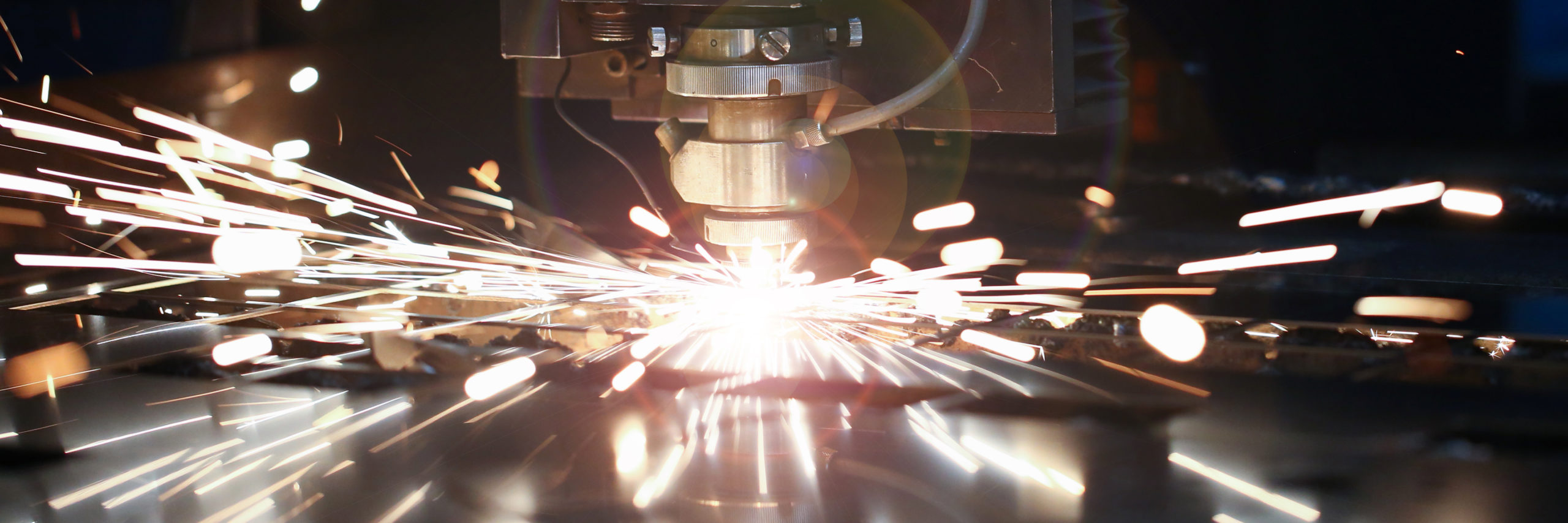The history of machining can be traced back to ancient times, where early civilizations used simple tools to shape and manipulate materials. The earliest known examples of machining were found in ancient Egypt and Mesopotamia, where they used simple hand-held tools such as chisels and hammers to shape and carve stone.
As civilization progressed, so did the technology and tools used for machining. The ancient Greeks and Romans were known to use simple machines such as the lever and the pulley to aid in construction and manufacturing. However, it wasn’t until the Industrial Revolution of the 18th and 19th centuries that machining truly began to evolve.
During the Industrial Revolution, the invention of the steam engine and the development of new manufacturing techniques led to a rapid advancement in machining technology. The first machine tool, known as the “milling machine,” was invented in 1818 by Eli Whitney. This machine was able to cut metal with precision and accuracy, making it a valuable tool for the production of firearms and other products.
As the 19th century progressed, other machine tools such as lathes and drill presses were developed, which allowed for even greater precision and efficiency in manufacturing. The invention of the internal combustion engine in the late 19th century also had a significant impact on machining, as it allowed for the development of portable and powerful machine tools.
In the early 20th century, the invention of the electric motor led to the development of even more advanced machine tools, such as the milling machine, the lathe, and the drill press. These machines were able to produce parts with a high degree of accuracy and precision, and they formed the foundation of modern manufacturing.
During the World War II, machining technology advanced significantly as the need for military equipment increased. With the rapid advancements in technology, the manufacturing of aircraft engines, tanks and war materials became a norm.
In the post-war era, computer-controlled machine tools were developed, which allowed for even greater precision and efficiency in manufacturing. With the advent of computer numerical control (CNC) technology, machines could now be programmed to produce parts with extreme precision, and this technology is still widely used today in manufacturing industries.
Today, the field of machining is constantly evolving, with the development of new materials, new techniques, and new technologies. Advancements in areas such as 3D printing, automation, and robotics are changing the way we think about manufacturing and machining. However, the basic principles of machining – shaping and manipulating materials with precision and accuracy – remain the same as they were in ancient times.
In conclusion, the history of machining has been a continuous journey of invention, improvement and adaptation. From the earliest known chisels and hammers, to the most advanced computer-controlled machines of today, machining has played a vital role in shaping the world we live in. It has enabled us to build stronger and more efficient structures, and to produce goods that are more precise and reliable. With the continuous advancements in technology, the future of machining looks bright and promising.

